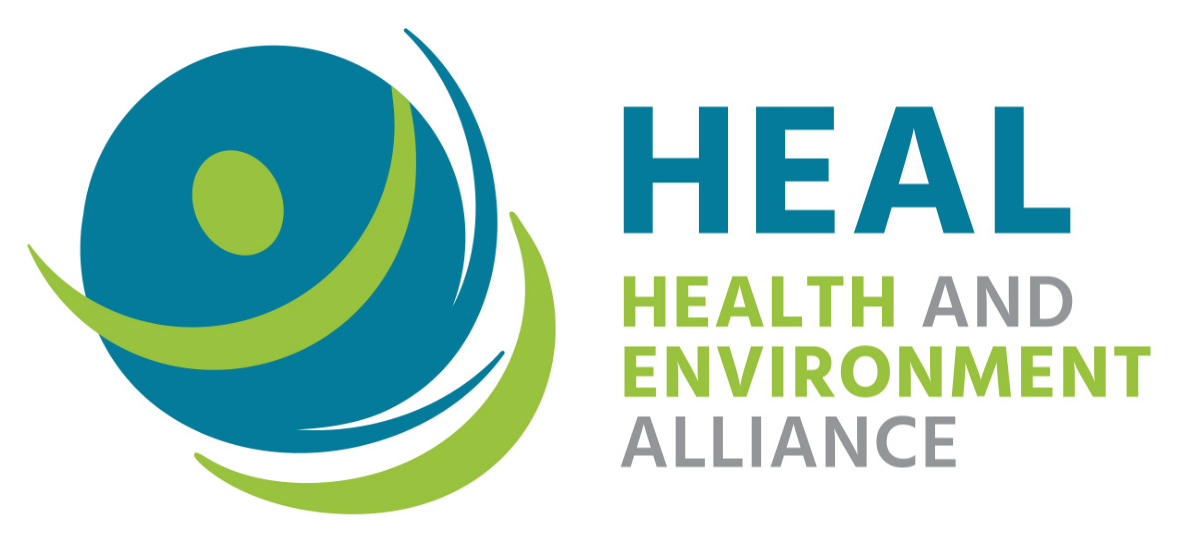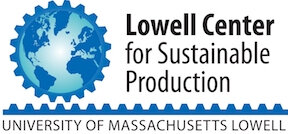Related Webinars
Related Blog Posts
Partner Resources

HEAL
Since 2003, the Health and Environment Alliance (HEAL) has been a leading European nonprofit public interest organization, with over 90 members addressing how the environment affects health in the European Union (EU). HEAL has a strong track record in increasing public and expert engagement in the EU and World Health Organization (WHO) debates and decision-making process.

Lowell Center for Sustainable Production
Lowell Center for Sustainable Production develops practical solutions to environmental and health problems and helps to advance fundamental changes that lead to a safer and more secure world. They do this by challenging themselves to think differently about how our society produces and consumes goods.
